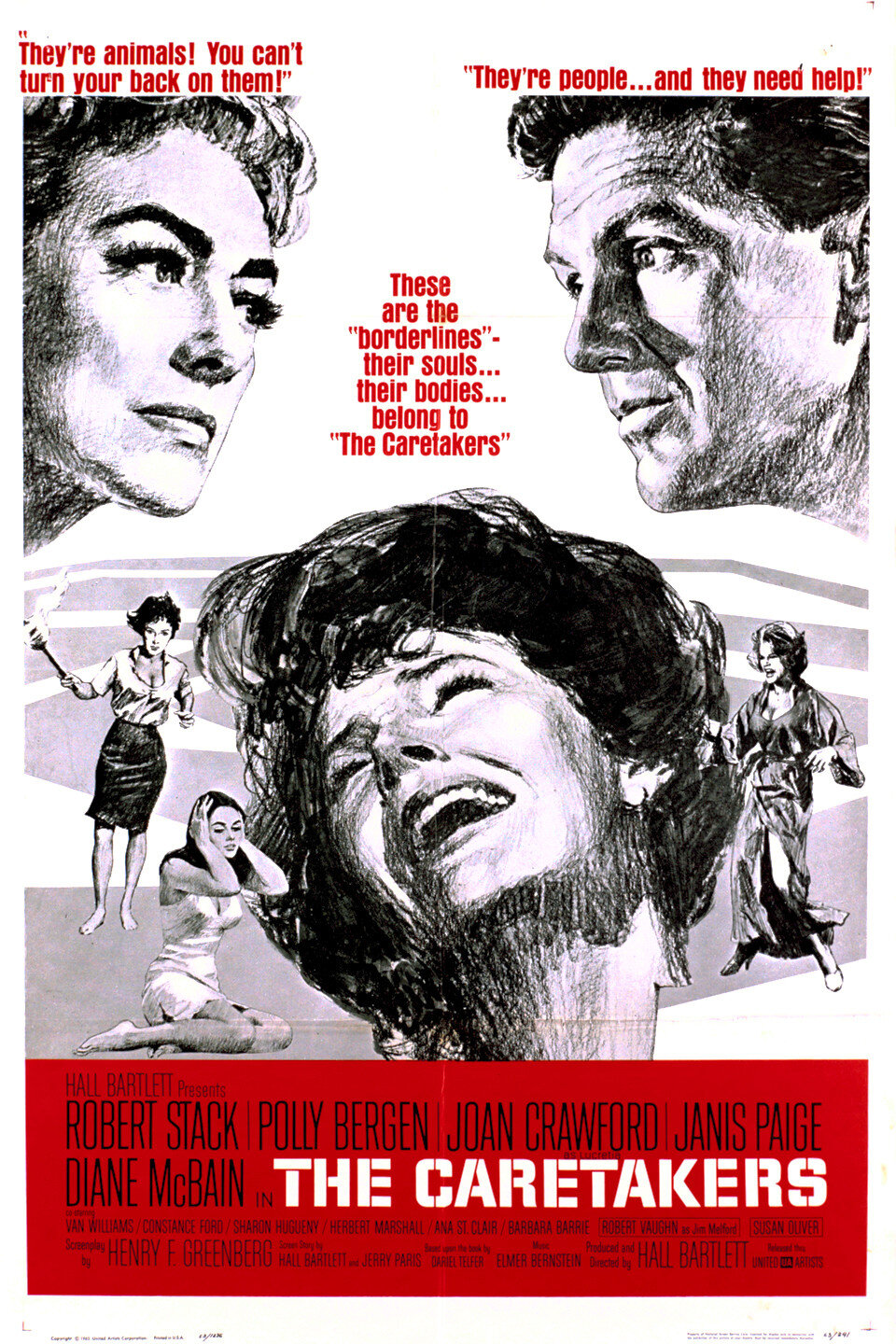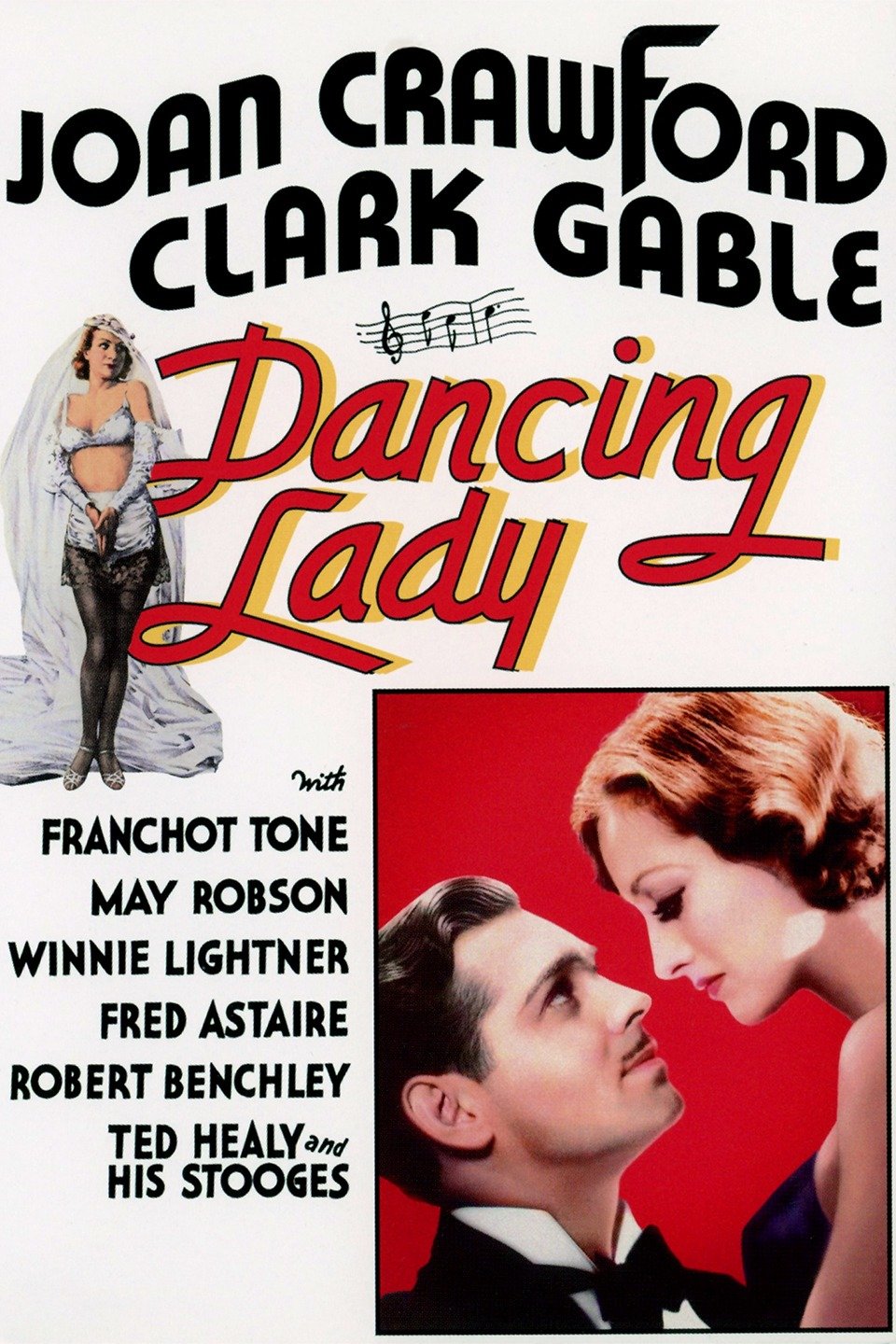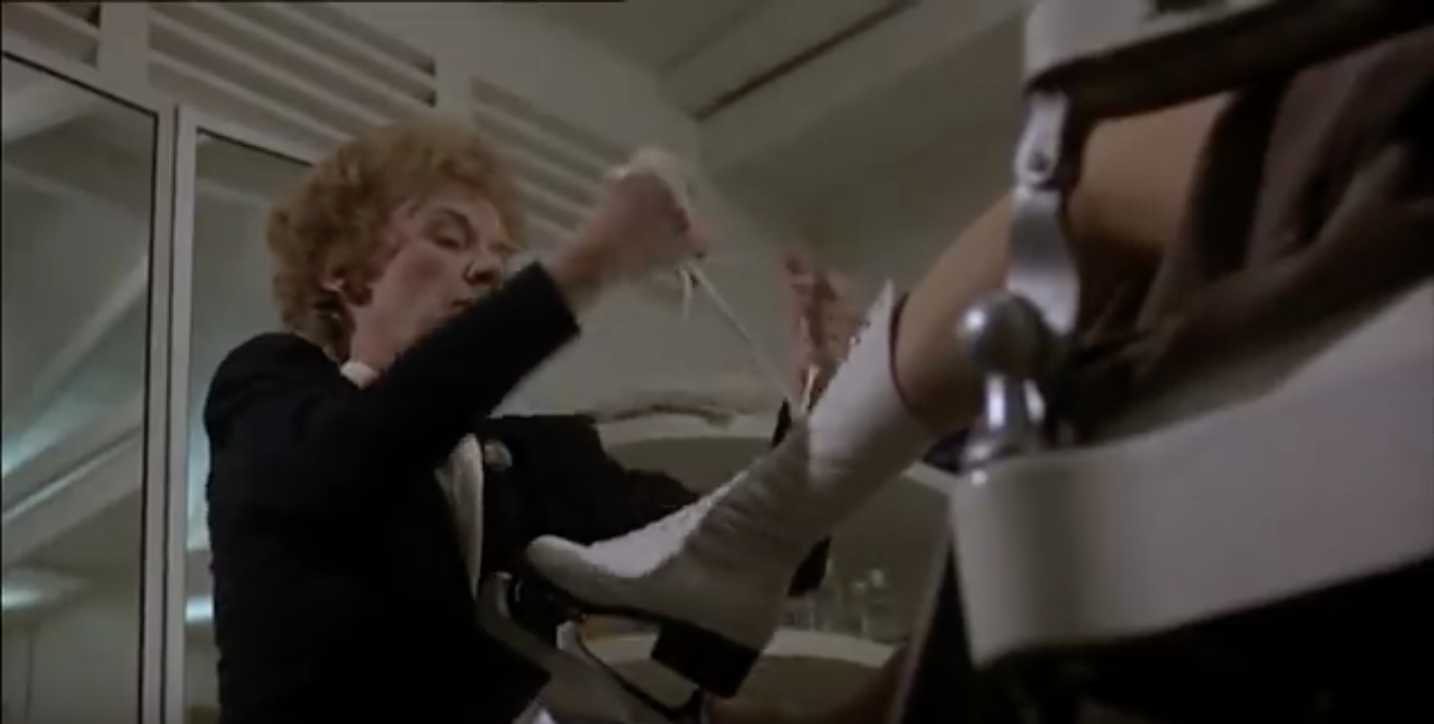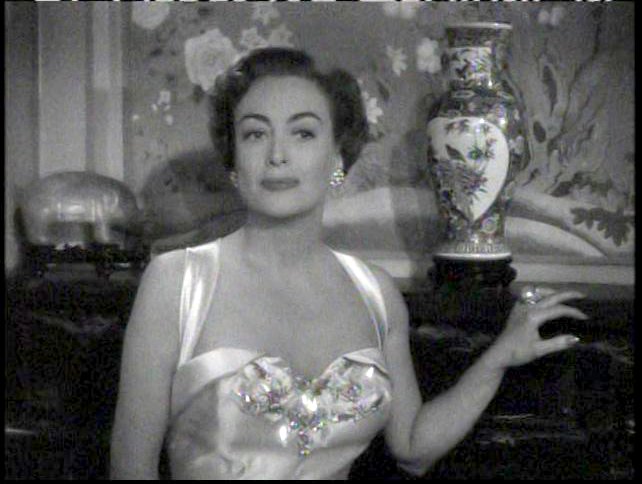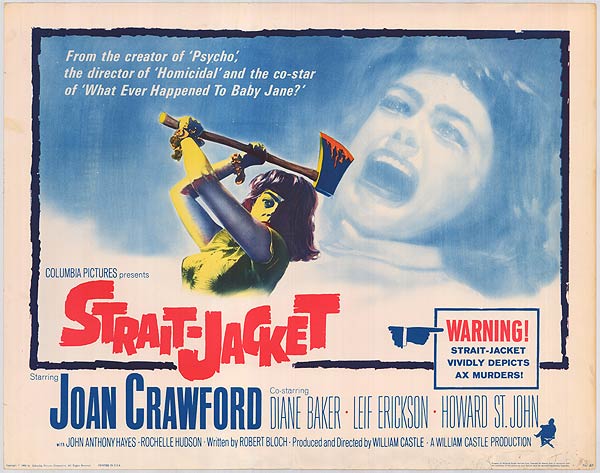Oh, you’ve never heard of “The Caretakers?” Well, there’s a reason for that…
What’s the Story? Lorna (Polly Bergen) is strolling through the Westside of LA in the middle of a nervous breakdown. She wanders into the Bruins Theater (where Sharon Tate goes to see her movie in Once Upon A Time In Hollywood) and fully freaks out during a newsreel about rocket ships. She’s then carted off to the state mental institution where she is not only freaking out but also violent. She falls into the care of Dr. Donovan McLeod (Robert Stack). McLeod puts Lorna into group therapy sessions with a bunch of other troubled women, including a former prostitute, an immigrant who can’t stop embellishing on her love life, and a mute Barbara Barrie who loves fire. McLeod’s progressive methods get hefty resistance from Lucretia Terry (our Joan) who prefers straight-jackets and rubber rooms for the patients. McLeod battles Terry for how to treat the patients, the hospital for trying to be more compassionate to the patients and the patients themselves.
The movie really tried my patience. Its Oscar-nominated cinematography aside, there’s little to like here. The film is stiff and hokey. You learn a bit more about Lorna as the film progresses but it’s a slog; one stilted talky scene after another. The script is obvious and cloying and the film feels way longer than its 97 minute run time.
Oh, And How’s Joan? She doesn’t pop up until the 32 minute mark and she’s on total autopilot here. The Caretakers is her followup to Whatever Happened to Baby Jane? and the contrast between the two performances are stark. In Baby Jane, there’s a softness and melancholy to Joan that you rarely see, In Caretakers, it’s just her old battle-ax routine once again. The only thing that’s new in this performance is the judo.
Yeah, Nurse Terry thinks that all nurses need to be able to defend themselves against the patients so they practice in a huge school gym… which sure. The judo scene became a publicity tool as well…
Should I See It? No. It’s a slog and tiresome. The score is cool and the photography is cool but you can see the cast be better in other things, especially Joan.
How Can I See It? It’s in rotation on TCM and you can rent it on Amazon Prime.
